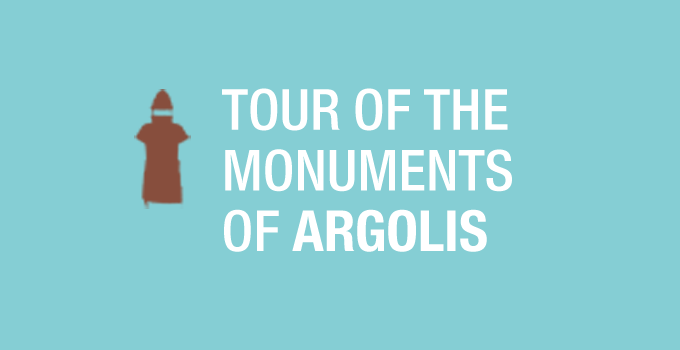An Empire Is Born
The first section focuses on the creation of the Byzantine empire. A milestone in its birth was the year AD 324, when the Roman emperor Constantine transferred the seat of the empire from Rome to an old Greek colony on the shores of the Bosporus, the Byzantium. This strategic move, along with the legitimization of Christianity, which had been persecuted up until 313, marked the emergence of a new superpower in the Mediterranean and Europe. The new empire was the legitimate successor of the Roman Empire and called ‘Vasileia Romaion’ or, later, ‘Romania’. It was during the modern age that historians called it ‘Byzantium’ and its culture ‘Byzantine’. The subjects of the empire were called ‘Romaioi/Romioi’, a term that gradually came to be identified with the Greeks.
The main ‘ingredients’ of the new empire were Christianity, the Greek language (the only official language of the state from the 7th century onwards), the Greco-Roman civilization and the structures of the Roman administration. This new empire survived the transition from the ancient to the medieval world and lasted for more than a millennium, up until 1453, thanks to its unique ability to assimilate new elements and evolve, while at the same time maintaining its fundamental features intact.


